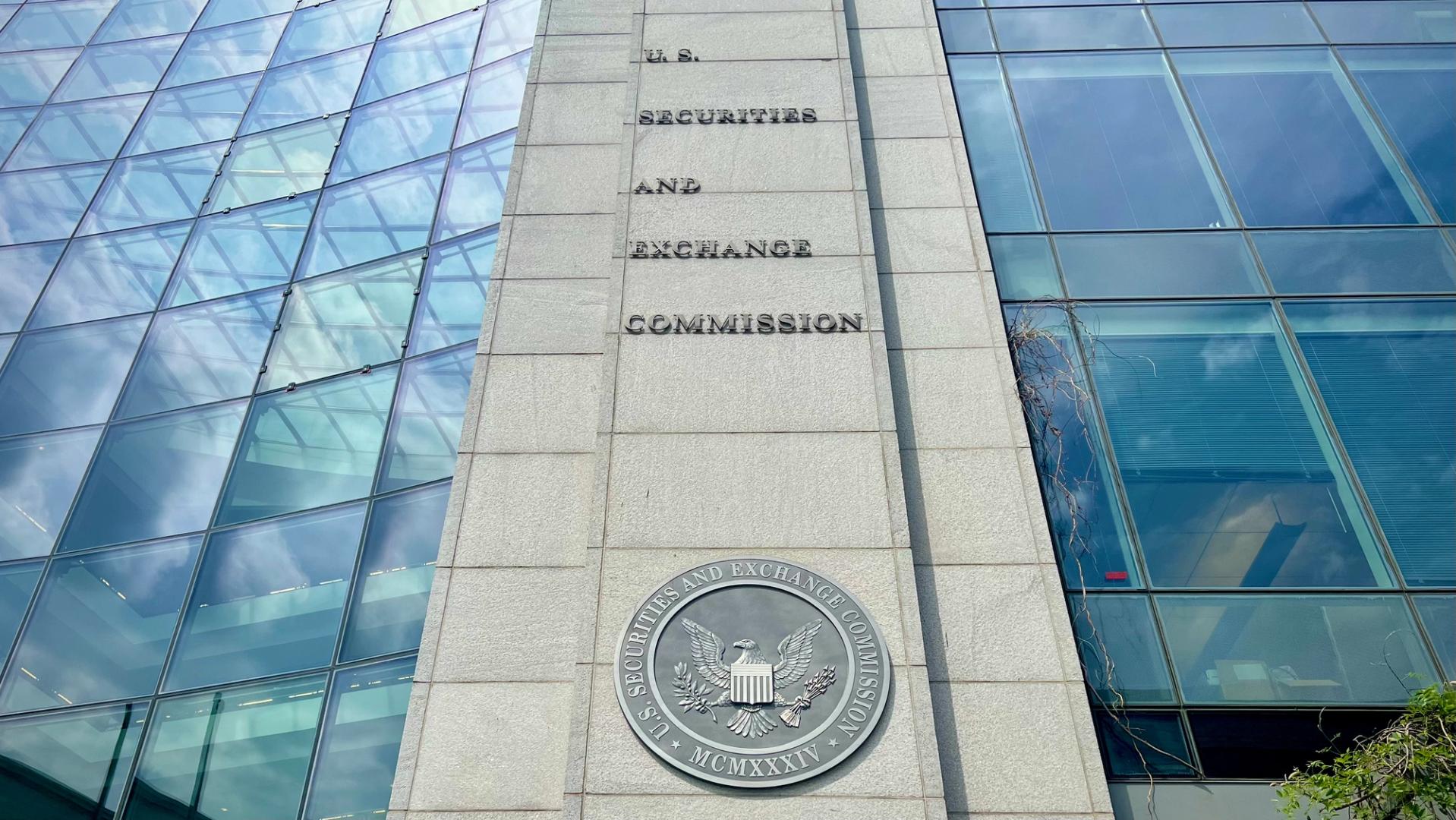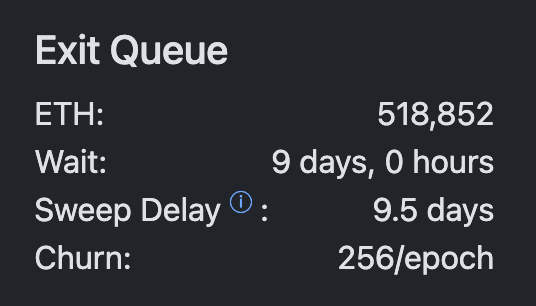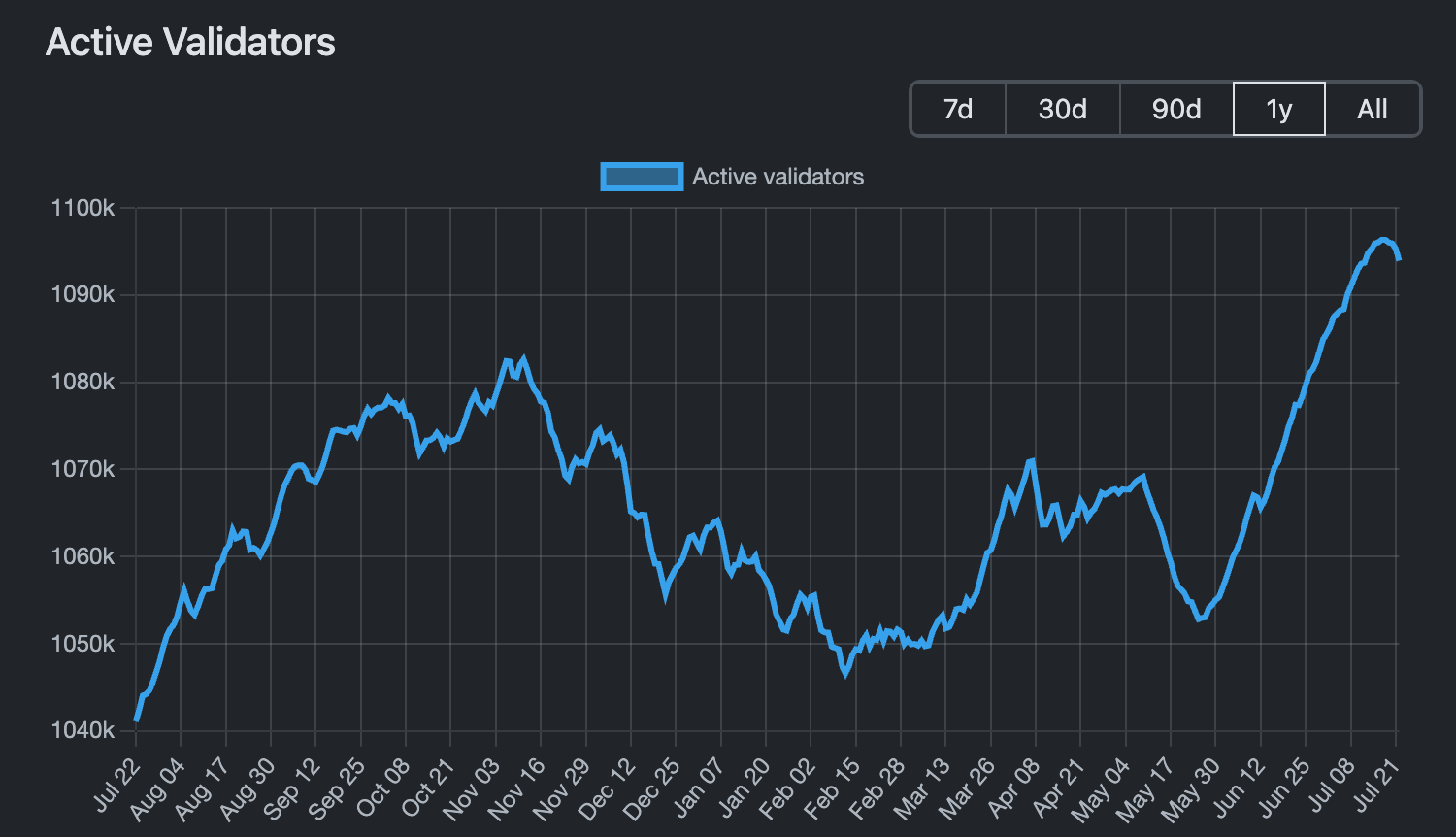Uncategorized
Risk, Reward, and Resilience: Building Insurance Primitives in DeFi

Insurance stands as one of finance’s foundational primitives—an essential scaffold that undergirds every major market from commodities to credit. Since the 1600s, no vibrant financial ecosystem has thrived without a robust insurance mechanism: market participants demand quantifiable measures of risk before committing capital.
Yet in decentralized finance(DeFi)’s first wave—lending, exchanges, derivatives—insurance remained an afterthought, implemented in rudimentary forms or absent altogether. As DeFi targets its next inflection point, embedding sophisticated, institution-grade insurance models will be critical to unlocking deep pools of capital and delivering enduring resilience.
A Brief History of Risk and Insurance
Modern insurance has a long history. In the 16th century, Gerolamo Cardano’s early treatises on games of chance pioneered probabilistic thinking, framing uncertainty in mathematical terms (eventually he would give his name to today’s blockchain).
In the mid-17th century, an epochal correspondence between Blaise Pascal and Pierre de Fermat laid the empirical bedrock for probability theory, transforming chance from mysticism into a quantifiable science.
By the 19th century, Carl Friedrich Gauss’s formalization of the normal distribution enabled statisticians to model deviations around an expected value systematically—a breakthrough instrumental to actuarial science.
At the dawn of the 20th century, Louis Bachelier’s seminal work on the random walk of asset prices presaged modern quantitative finance, informing everything from option pricing to risk management.
Later in that century, Harry Markowitz’s portfolio theory reframed diversification as a quantitative process, offering a rigorous framework for balancing risk and return.
The Black-Scholes-Merton model further advanced the field by providing a tractable means to derive implied volatilities and price options—cornerstones of modern derivatives markets.
In recent decades, innovators like Paul Embrechts and Philippe Artzner enriched risk theory with copula statistical models and coherent risk measures, enabling the systematic capture of extreme tail risks and systemic dependencies.
Is DeFi Insurable?
Insurance requires four core prerequisites: diversified risk vectors, a risk premium exceeding capital costs, scalable pools of capital, and quantifiable exposures. DeFi clearly offers quantifiable hazards—protocol exploits, oracle manipulations, governance attacks—but challenges to insurability remain.
Early DeFi insurance initiatives struggled with limited actuarial sophistication, untested capital structures, and prohibitive premiums driven by the high opportunity cost of capital.
Moreover, DeFi’s rapid innovation cycle creates a shifting threat landscape: vulnerabilities in one protocol seldom translate neatly to another, and the speed of code changes outpaces traditional underwriters’ capacity to assess risk.
Overcoming these obstacles will require next-generation insurance architectures that can adapt dynamically to evolving hazard profiles. High Price Insurance Capital
At the heart of any insurance construct lies the cost of capital. DeFi insurance pools typically accept ETH, BTC, or stablecoins—assets that themselves generate on-chain yield via staking, lending, or liquidity provisions. Insurers must therefore offer returns above these native yields to attract underwriters, driving premiums upward. This results in a classic Catch-22: high premiums deter protocol teams, yet low capital costs undermine coverage capacity and solvent reserves.
To break this impasse, market architects must tap alternative capital sources. Institutional investors—pension funds, endowments, hedge funds—possess vast pools of capital with long-term horizons. By designing insurance products aligned to these investors’ risk-return benchmarks (e.g., structured tranches offering defined upside in exchange for taking first-loss positions), DeFi insurance constructs can achieve a sustainable cost of capital, balancing affordability with solvency.
The Law of Large Numbers Fails in DeFi
Jakob Bernoulli’s law of large numbers underpins classical insurance: as policy counts grow, actual loss ratios converge toward expected values, enabling precise actuarial pricing. Mortality tables by Edmond Halley and Abraham de Moivre epitomize this principle, translating population statistics into dependable premiums.
DeFi’s nascent ecosystem, however, features only a finite—and often correlated—set of protocols. Catastrophic events such as multi-protocol oracle manipulations expose systemic dependencies that violate independence assumptions.
Instead of relying solely on volume, DeFi insurance must employ layered diversification: reinsurance agreements across independent risk pools, capital tranching to allocate losses by seniority, and parametric triggers that automate coverage payouts based on on-chain metrics (e.g., price slippage thresholds, oracle deviation tolerances). Such architectures can approximate the smoothing benefits achieved by traditional insurers.
Challenges Quantifying DeFi Risk
Quantitative risk modeling in DeFi remains in its formative stages. With only a handful of years of historical data and immense heterogeneity across smart-contract platforms, extrapolating risk from one protocol to another carries significant uncertainty. Past exploits—on Venus, Bancor or Compound—yield forensic insights but limited predictive power for novel vulnerabilities in emerging protocols such as Aave v3 or Uniswap v4.
Building robust DeFi risk frameworks demands hybrid approaches: integrating on-chain analytics for real-time exposure tracking, formal security verification of smart-contract code, oracles for external event validation, and comprehensive stress-tests against simulated attack vectors.
Machine-learning models can augment these methods—clustering protocols by code patterns, transaction behaviors, or governance structures—yet must be guarded against overfitting sparse data. Collaborative risk consortia, where protocol teams and insurers share anonymized data on exploits and failure modes, could create a richer data foundation for next-generation models.
Toward an Institutional DeFi Insurance Market
At its current scale, DeFi beckons for a reliable insurance primitive. Embedding sophisticated, scalable insurance solutions will not only shield capital but also translate abstract hazards—flash loan attacks, governance exploits, oracle failures—into measurable financial exposures. By aligning product design with institutional risk appetites, leveraging layered diversification, and advancing quantitative risk models, a vibrant DeFi insurance market could unlock previously inaccessible capital pools.
Such an ecosystem promises deeper liquidity, enhanced counterparty confidence, and broader participation—from family offices to sovereign wealth funds—transforming DeFi from an experimental frontier into a cornerstone of global finance.
Uncategorized
Dan Tapiero Projects Crypto Economy Hitting $50T, Launches $500M Fund Under New Firm

Well-known digital asset investor Dan Tapiero is merging private equity firms 10T Holdings and 1RoundTable Partners under a new brand 50T, reflecting his forecast that the digital asset ecosystem will reach a market value of $50 trillion in the next decade.
«50T is a natural evolution from our original thesis in 2020 when we launched 10T with the belief that the digital asset ecosystem would grow from $300 billion to $10 trillion in 10 years,» Tapiero said in a Tuesday press release.
«Today, we estimate that we’re already at $5 trillion, far exceeding our initial timeline, which is why we’re adjusting our outlook upward,» he said. «Recent successes like the Circle IPO and Deribit acquisition demonstrate the maturity of this sector and validate our investment thesis that all value will eventually move on-chain.»
USDC stablecoin issuer Circle surged nearly 10-fold from its initial price following its the stock market debut last month, while crypto exchange Coinbase acquired Deribit for $2.9 billion in May.
Funds under 50T were investors in Circle, Deribit, and digital trading platform Etoro, which also went public recently, and other portfolio companies are also gearing towards going public, the press release said.
50T is also launching a $500 million growth equity fund dubbed 50T Fund alongside the rebrand.
It’s a closed-end fund with a ten-year horizon, designed to back later-stage companies building out core infrastructure in blockchain and web3, with a first close planned in Q4 2025.
Uncategorized
SEC Approves, Immediately Pauses Bitwise’s Bid to Convert BITW Crypto Index Fund to ETF

The Securities and Exchange Commission approved — then abruptly paused — Bitwise’s plan to convert its Bitwise 10 Crypto Index Fund (BITW) into a spot exchange-traded fund (ETF) on Tuesday, raising fresh uncertainty around the agency’s standards for crypto ETFs.
The fund holds 90% of its weight in bitcoin (BTC) and ether (ETH), with the remainder spread across Solana (SOL), XRP, Cardano (ADA), Avalanche (AVAX), Chainlink (LINK), Bitcoin Cash (BCH), Uniswap (UNI) and Polkadot (DOT). It manages $1.68 billion in assets and rebalances monthly.
Bitwise launched the fund in 2017. The 2.5% expense ratio remains steep by ETF standards, but the conversion to a spot ETF would make BITW the first multi-asset crypto index ETF in the U.S. — if it proceeds. The asset manager has not yet disclosed if the management fee would stay at 2.5%.
A similar product, Grayscale’s Digital Large Cap Fund (GDLC), which tracks BTC, ETH, XRP, SOL and ADA, also received initial SEC approval before the agency reversed course, pausing the fund’s launch.
A letter from the SEC on Tuesday said «the Commission will review the delegated action,» identical wording to the letter Grayscale received when its ETF was paused.
According to sources who spoke to CoinDesk at the time, the SEC’s hesitation likely stems from the need to establish consistent standards for crypto ETFs, particularly for tokens like XRP and ADA that do not yet have standalone ETFs.
The SEC’s ETF docket has been busy. On Tuesday, the regulator published filings from Franklin Templeton, Fidelity, Invesco Galaxy, and others seeking to amend redemption mechanics for their Bitcoin and/or Ethereum ETFs. It also launched a review of the Canary Capital SUI ETF and extended the deadline on 21Shares’ SUI ETF application.
Separately, 21Shares filed a proposal for an ETF tracking ONDO, the token powering real-world asset platform Ondo Finance.
Uncategorized
Ethereum Validator Exit Queue Nears $2B as Stakers Rush to Exit After 160% Rally

Ethereum’s validator exit queue swelled on Tuesday to its longest wait time in more than a year, that could signal a rush among stakers to pull funds after a major price rally in ether (ETH).
There was nearly 519,000 ETH as of Tuesday U.S. afternoon, worth $1.92 billion at current prices, in line to exit the network, data by validatorqueue.com shows.
That the largest amount in the exit queue since January 2024, extending withdrawal delays to over 9 days, per the data source.

The congestion is due to the dynamics of Ethereum’s proof-of-stake model, which limits how quickly validators can join or leave the network. Validators are entities that stake tokens to help secure the blockchain in return for a reward.
Profit-taking after ETH rally
The ongoing exodus is likely due to profit-taking by those who staked ETH at much lower prices and now cashing out after ETH rallied 160% from the early April trough.
«When prices go up, people unstake and sell to lock in profits,» said Andy Cronk, co-founder of staking service provider Figment. «We’ve seen this pattern for retail and institutional levels through many cycles.» He also added unstaking spikes could also happen when large institutions move custodians or change their wallet tech.
Notably, there was a surge of validators entering the network during March and early April, a period when ETH traded between $1,500 and $2,000.

ETH staking demand also soars
Despite the wave of tokens being unstaked, a large sell pressure may not materialize as there’s a consistent demand to stake tokens and activate new validators.
There’s over 357,000 ETH, worth $1.3 billion, waiting to enter the network, stretching the entry queue beyond six days, its longest since April 2024.
Behind this opposite dynamics could be «a mix of older stakers capturing profit as well as stakers shifting to a treasury strategy,» said David Shuttleworth, partner at Anagram.
Indeed, some of this fresh demand may have come from the new wave of ETH corporate treasuries such as Sharplink Gaming, which has acquired over $1.3 billion in ETH since its pivot in late May and staked tokens as part of its strategy.
Also, the Securities and Exchange Commission (SEC) clarified on May 29 that staking does not violate U.S. securities laws, which bolstered institutional appetite.
Underscoring the trend, the number of active validators grew 54,000 since late May to reach a record high of nearly 1.1 million, per validatorqueue.com.
«Since the SEC provided guidance on staking in May, Figment has seen a more than 100% increase in Ethereum staking delegations from institutions and a more than 360%+ increase in Ethereum queue times, which is inline with the price increases we’ve seen in ETH,» Cronk told CoinDesk.
-

 Business9 месяцев ago
Business9 месяцев ago3 Ways to make your business presentation more relatable
-

 Fashion9 месяцев ago
Fashion9 месяцев agoAccording to Dior Couture, this taboo fashion accessory is back
-

 Entertainment9 месяцев ago
Entertainment9 месяцев ago10 Artists who retired from music and made a comeback
-

 Entertainment9 месяцев ago
Entertainment9 месяцев ago\’Better Call Saul\’ has been renewed for a fourth season
-

 Business9 месяцев ago
Business9 месяцев ago15 Habits that could be hurting your business relationships
-

 Entertainment9 месяцев ago
Entertainment9 месяцев agoNew Season 8 Walking Dead trailer flashes forward in time
-

 Entertainment9 месяцев ago
Entertainment9 месяцев agoDisney\’s live-action Aladdin finally finds its stars
-

 Entertainment9 месяцев ago
Entertainment9 месяцев agoMeet Superman\’s grandfather in new trailer for Krypton





